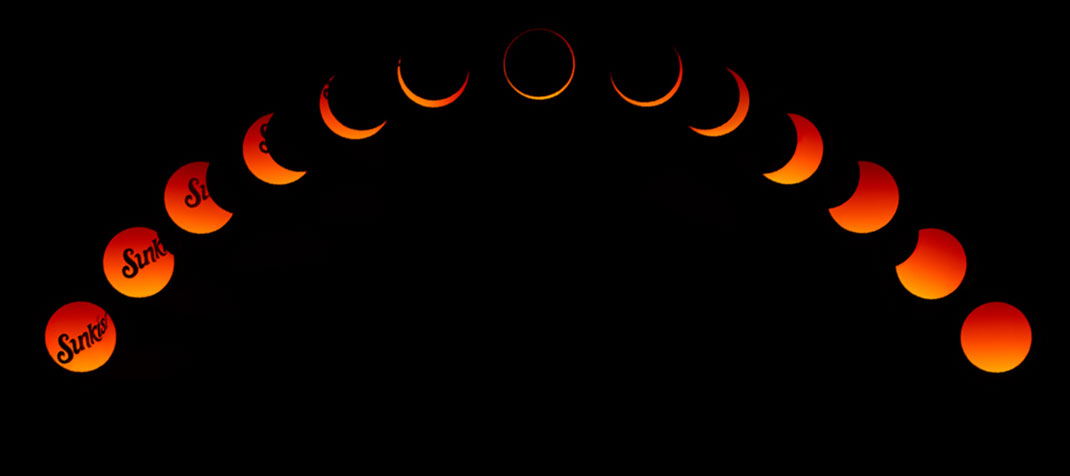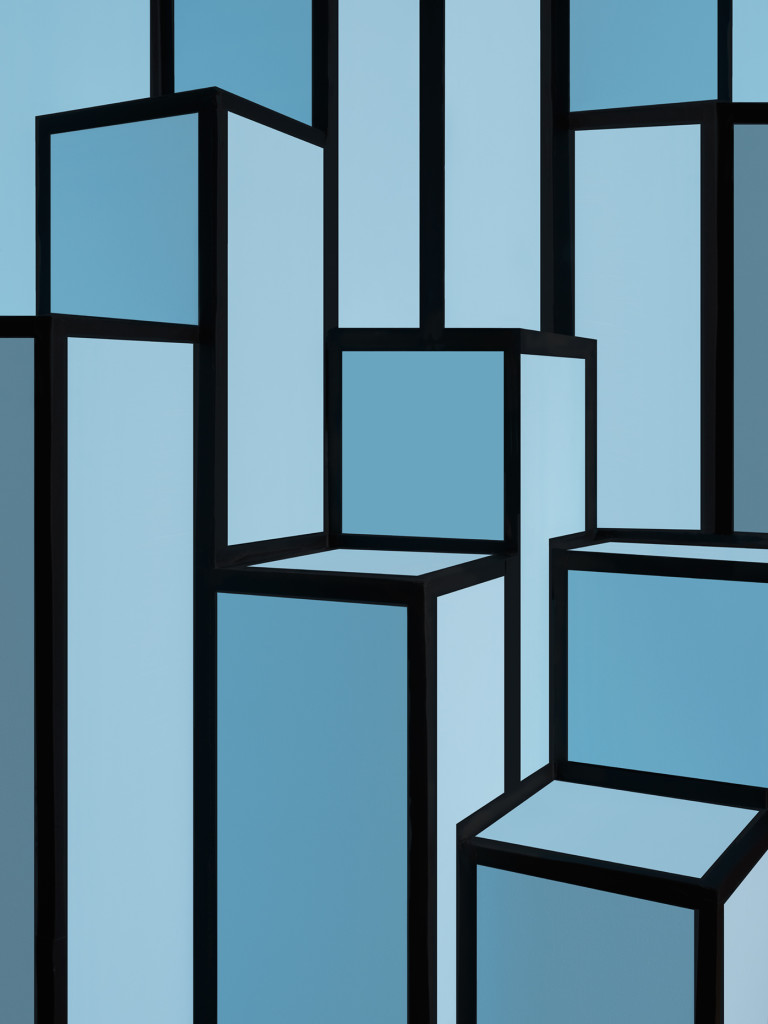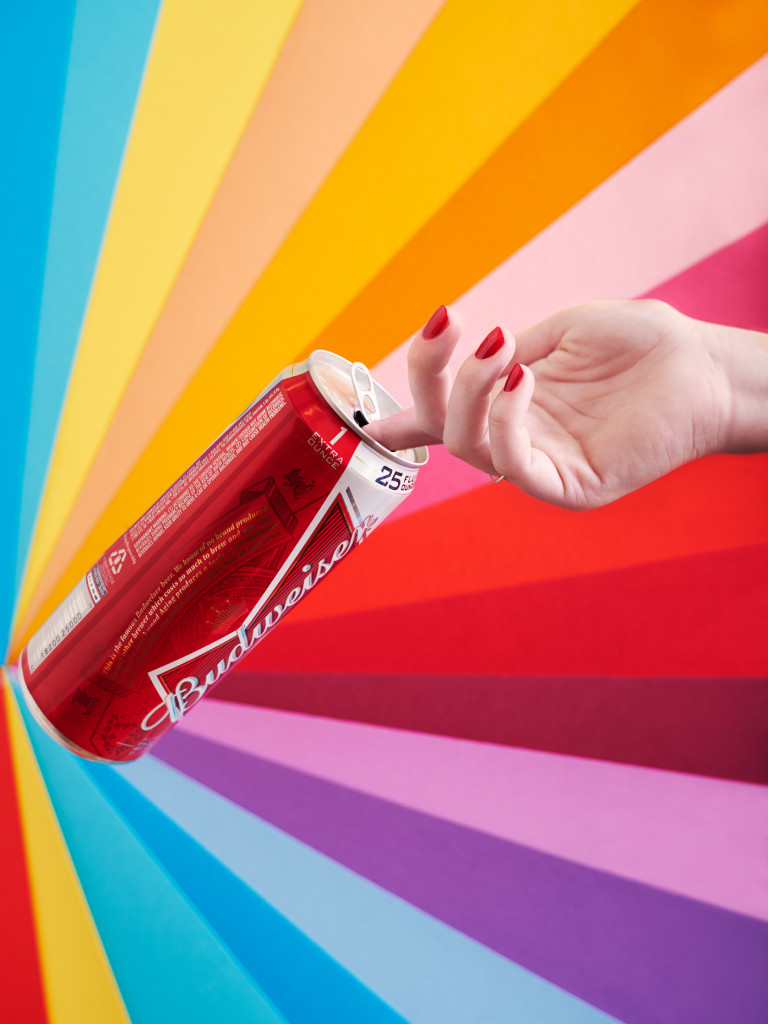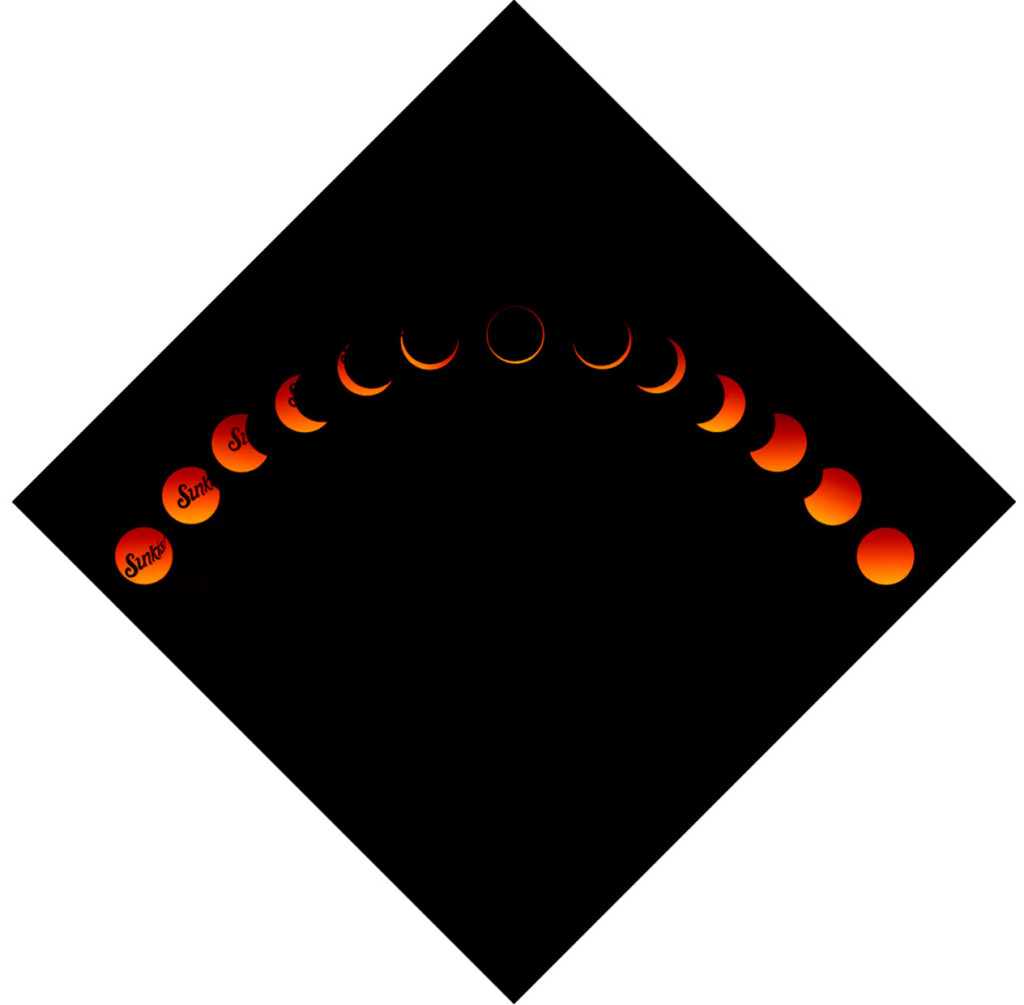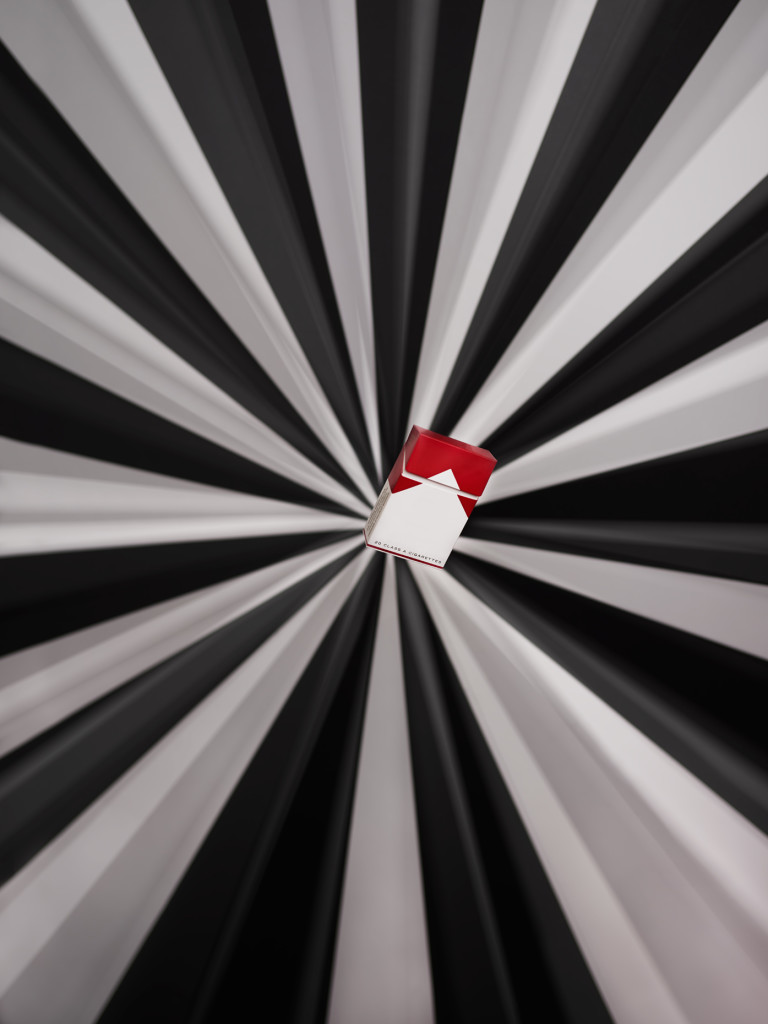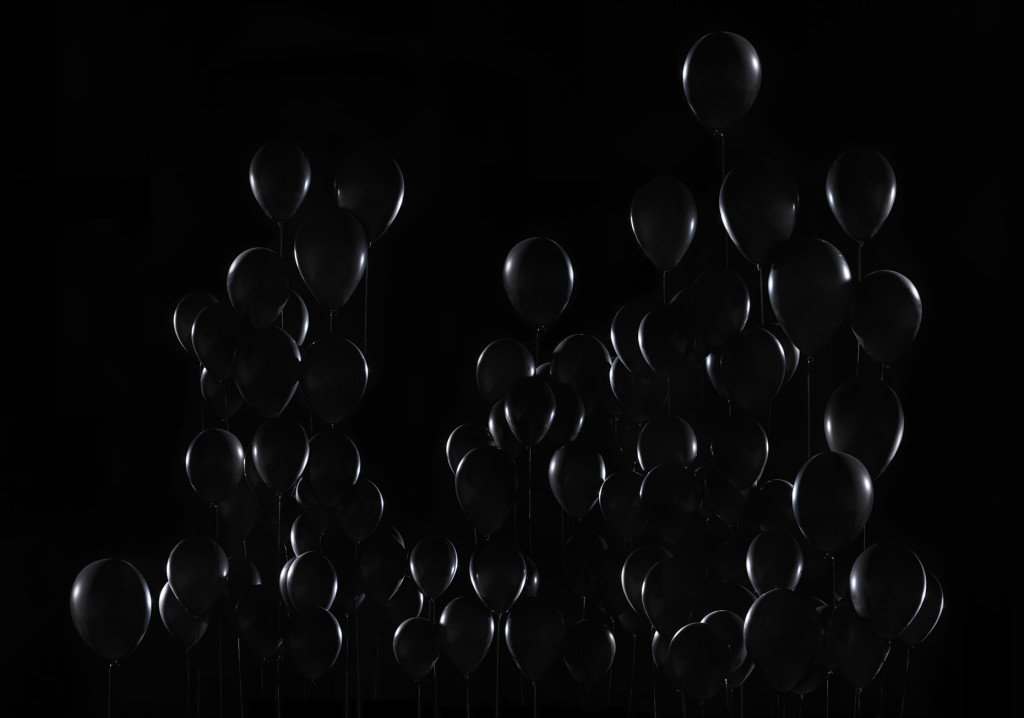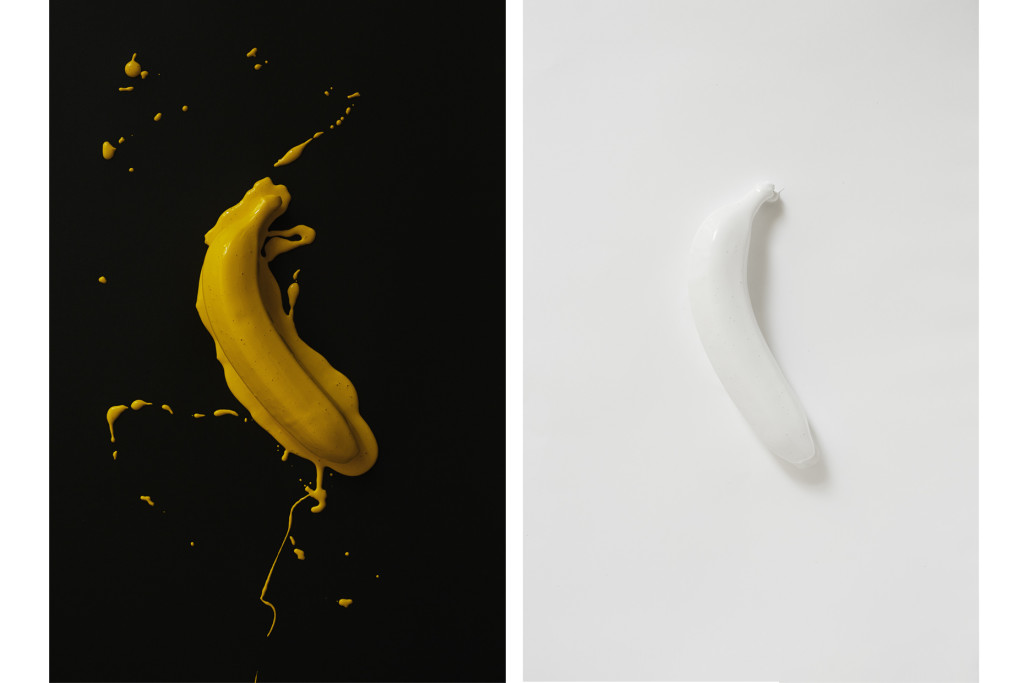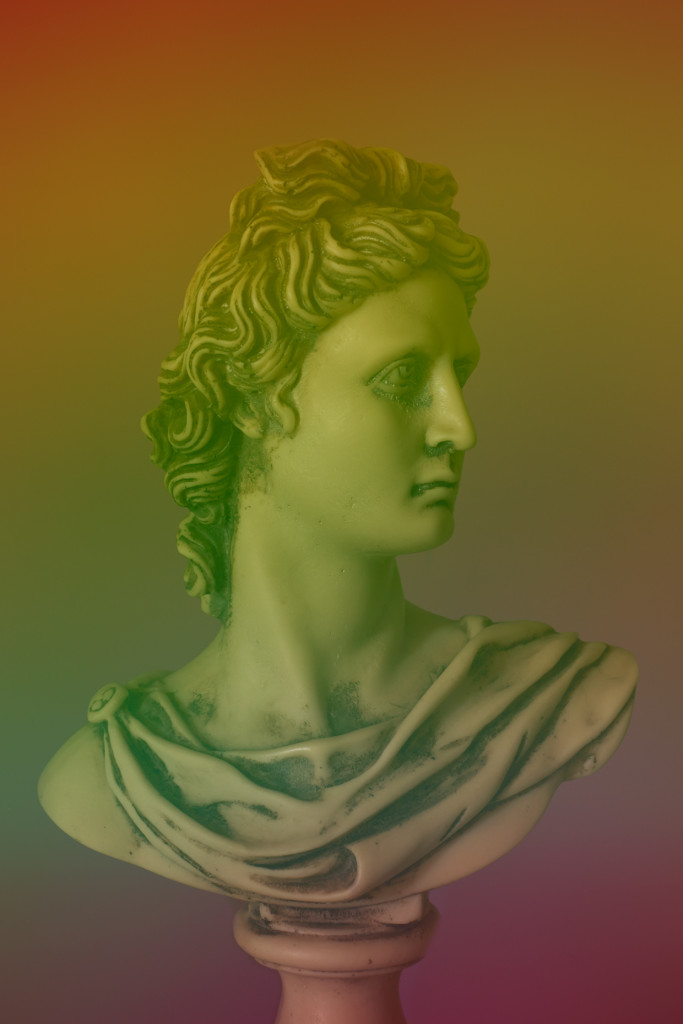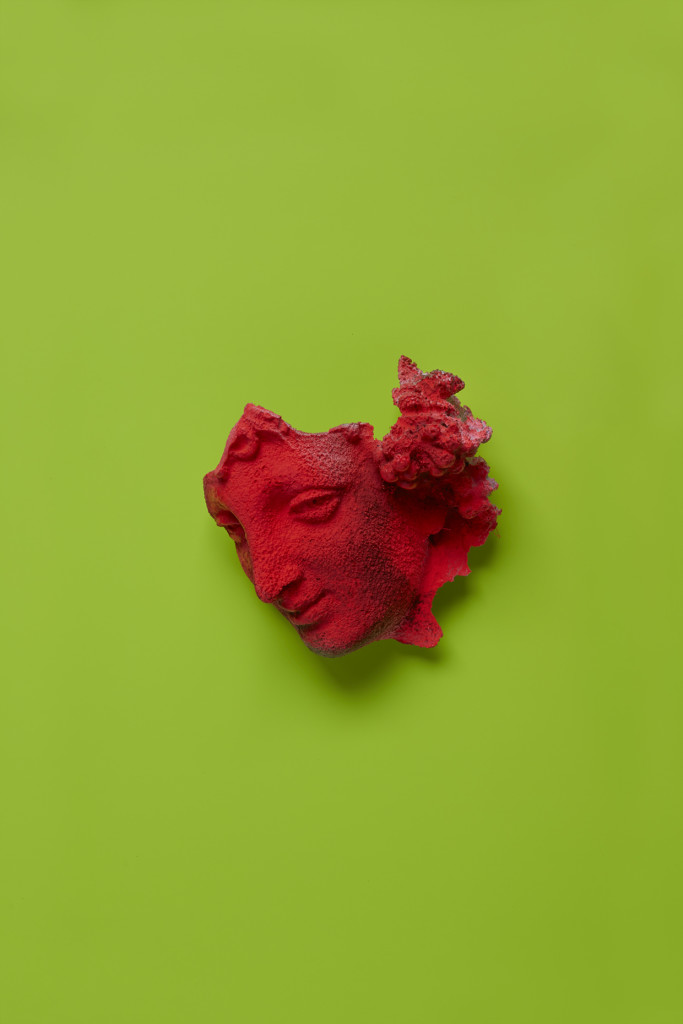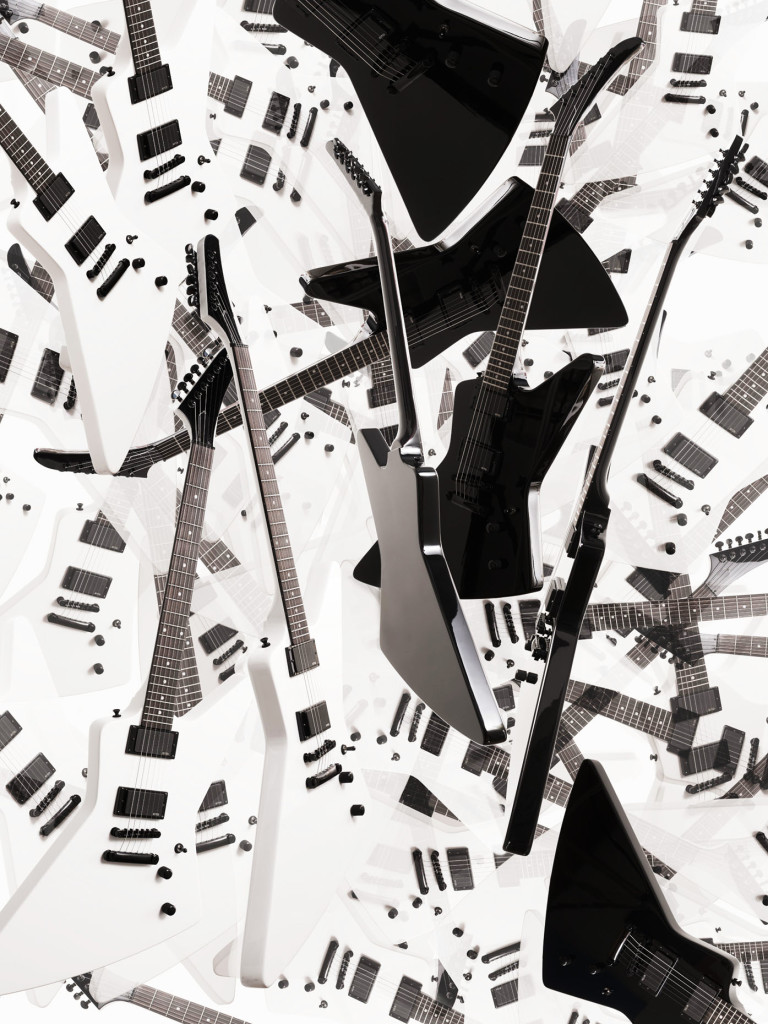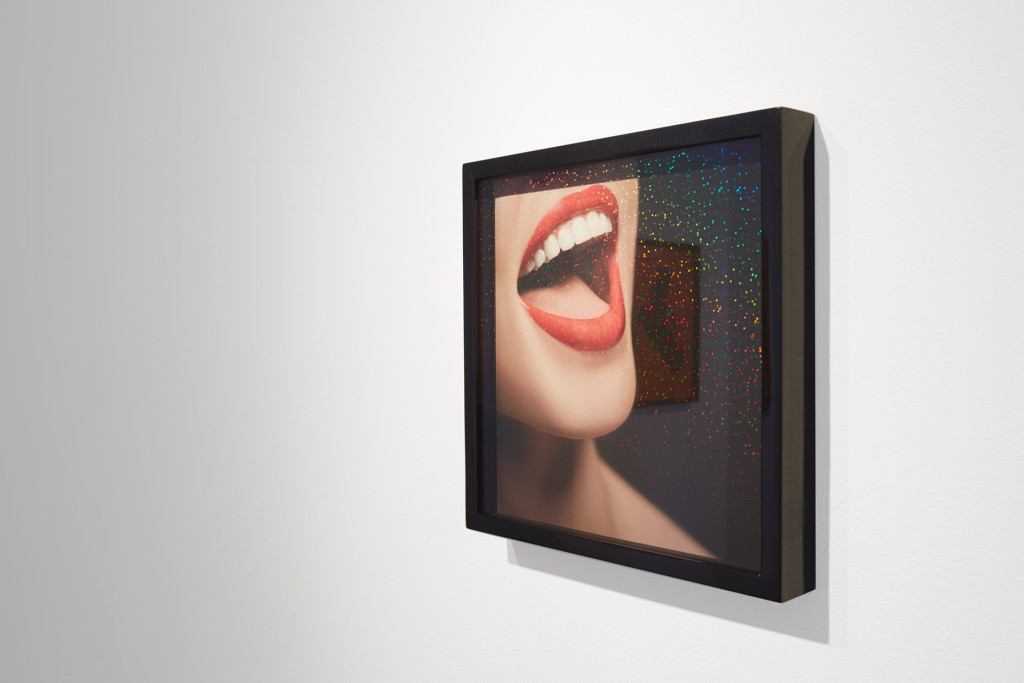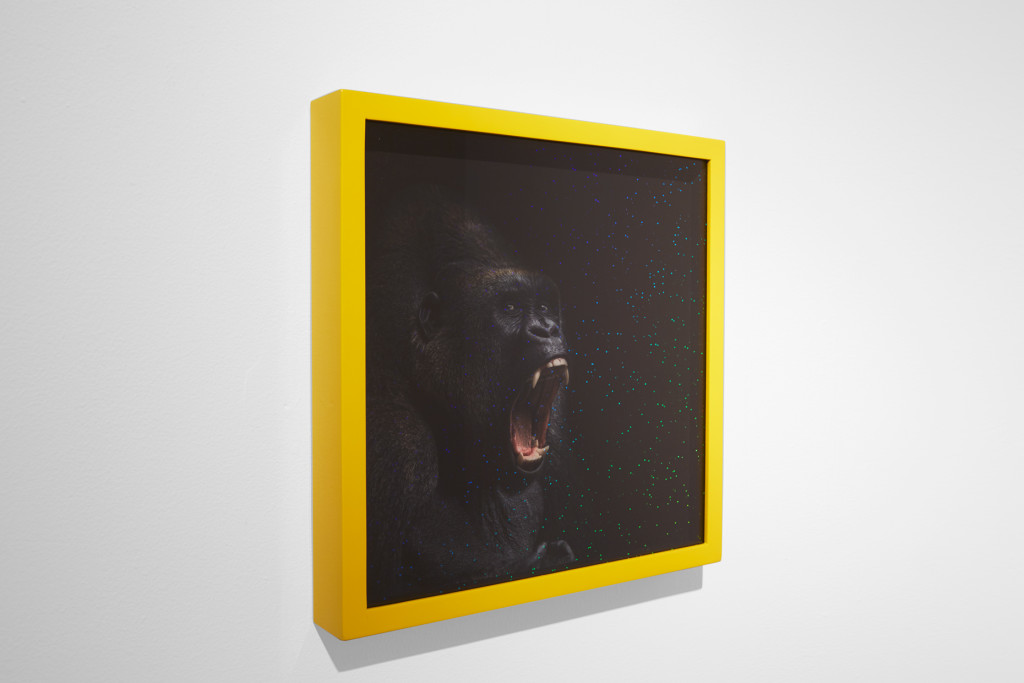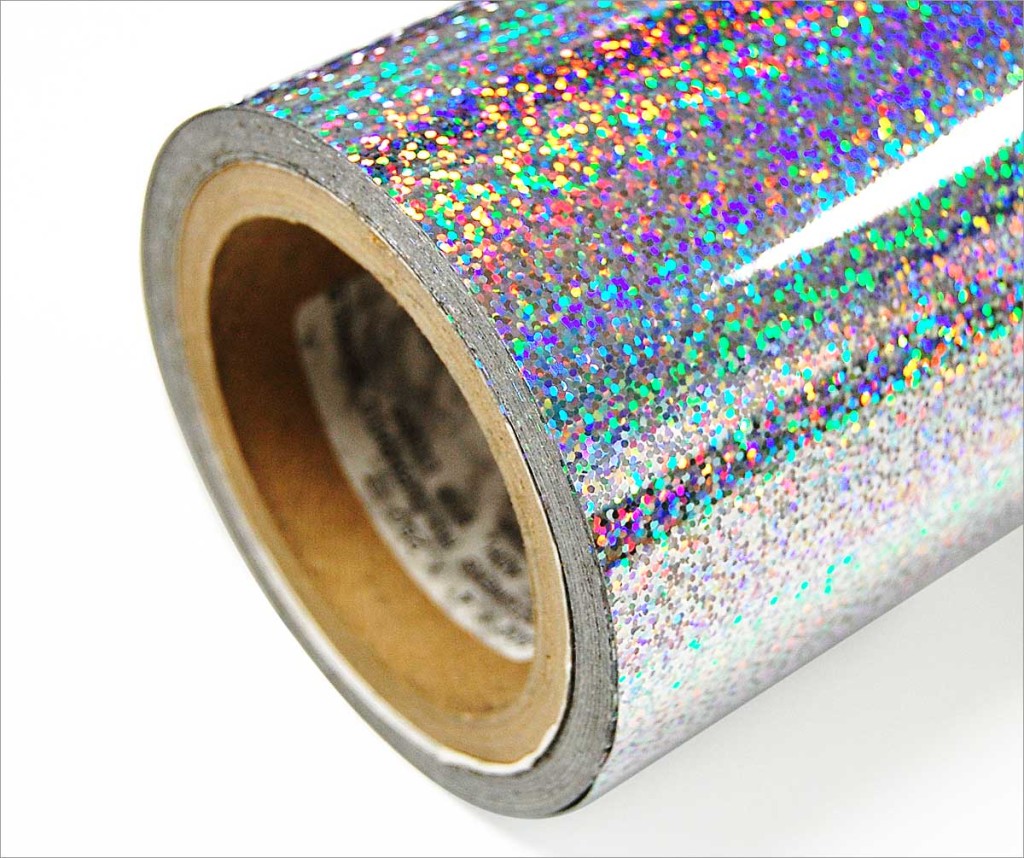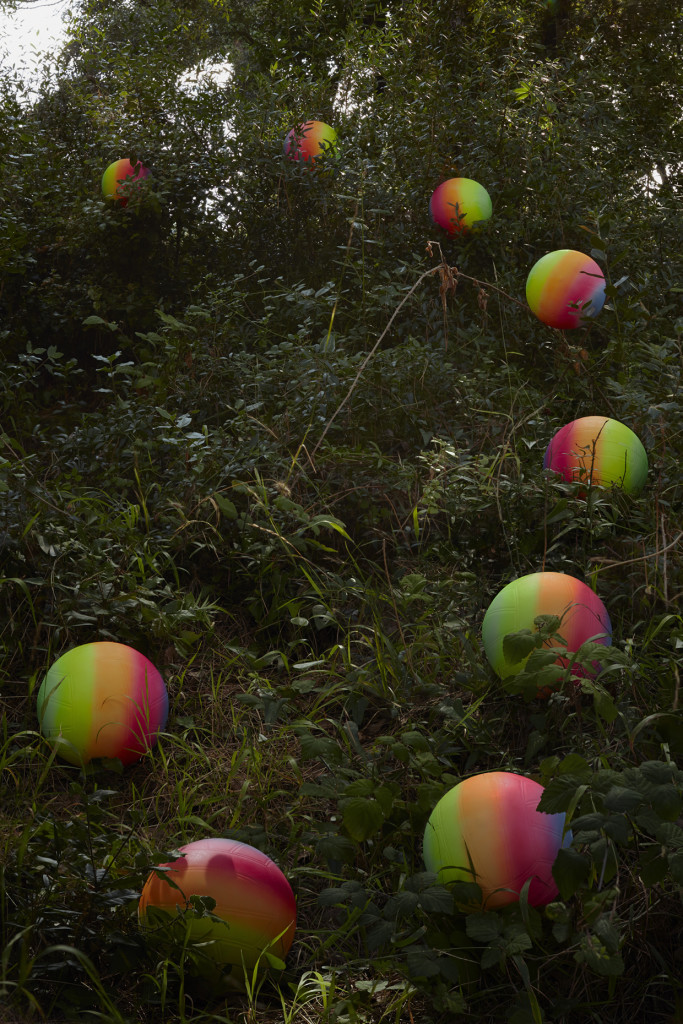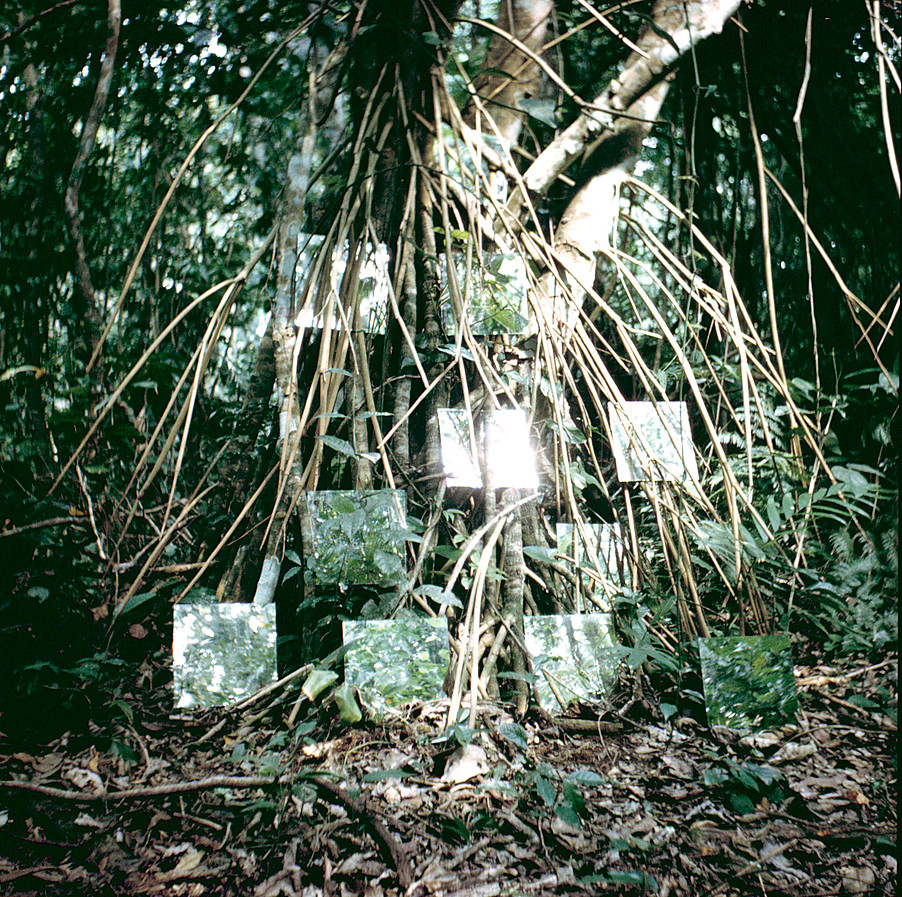Auto-tuned photographs : Joseph Desler Costa
A good way to begin thinking about Joseph Desler Costa’s work is by way of an anecdote he relayed about a friend of his. This person is a music teacher working with young children. Apparently, their students, who are taking their inspiration from any one of a number of pop music examples, have begun to emulate the jerky, robotic tenor of auto-tuned vocals in their natural singing voice. The internet tells me that this is actually possible to do, as this video shows (yes, she really sings like that):
Apparently, the technique this girl uses is similar to the jumping vocals inherent to yodeling. And equally discomforting:
Joseph mentioned this story to me in passing, but I think it’s offers some valuable insights into his recent body of work Supplementary Materials. On one level the kids are simply emulating what they hear. But they’re also emulating the artifact of digital manipulation, the fingerprint of an algorithmic “improvement”. In watching these videos, there’s something mildly creepy about hearing those sounds come out of a human being. In Supplementary Materials, this vocal mimicry of digital manipulation is translated into a photographic toolset. One the most immediate qualities this work reveals is the influence of tools like photoshop both in the post-production and also in the construction of these images. The auto-tune analogy makes sense to me because, as Joseph put it, he’s mimicking the look of heavily retouched images with material components; instead of trying to sound like his natural voice is auto-tuned, he’s making images that look like the’ve been photoshopped.
At one point I asked Joseph how “Sunkist Eclipse” was constructed, specifically wondering how much of it was photoshop. And I was glad to hear that yes, it was mostly done in-camera by painstakingly cutting perfect circles out of black foam-core and combining all the elements you see in a single exposure. But asking the question “Why is it better if it was done in-camera rather than in the computer?” misses the point for me with respect to Joseph’s work. The payoff is the fact that he’s successfully mimicking a digital look with analog materials. It’s the inverse of why something like Alex Roman’s weirdly realistic 3rd & the 7th from 2009 is so cool, because it’s actually ALL CGl but damn if it doesn’t look ‘real’ at moments. Both manage to hover in the negative space between the familiar and the uncanny.
Our conversation called to mind Annie Dillard’s essay on witnessing a solar eclipse from 1982’s Teaching a Stone to Talk and in particular the incapacity of a photograph to provide sufficient context for the experience:
You have seen photographs of the sun taken during a total eclipse. The corona fills the print. All of those photographs were taken through telescopes. The lenses of telescopes and cameras can no more cover the breadth and scale of the visual array than language can cover the breadth and simultaneity of internal experience. Lenses enlarge the sight, omit its context, and make of it a pretty and sensible picture, like something on a Christmas card. I assure you, if you send any shepherds a Christmas card on which is printed a three-by-three photograph of the angel of the Lord, the glory of the Lord, and a multitude of the heavenly host, they will not be sore afraid. More fearsome things can come in envelopes. More moving photographs than those of the sun’s corona can appear in magazines. But I pray you will never see anything more awful in the sky.
(Edit : and also this entry from Sarah Charlesworth’s Modern History project)
In his project statement, Joseph describes “a reality in which identity is fluid from one moment to the next” and in which “objects of mass production and consumption become vehicles for transcendence and beauty”. And of course the images bear a superficial slickness that reinforces this notion of transfiguration unencumbered by identity. But as he goes on to say, this surface gloss is undercut with melancholy, like a candy shell with a rotten core. Lips and Gorilla are stock images (one of which Joseph sold to a stock agency and then bought back from them for the piece) sporting Xzibit-worthy—in more ways than one— mods like holographic window tint and high-gloss paint.
And lest we remain too cheerful in this post, here’s a Nietzsche quote that came to mind:
What do they really want? At least to represent justice, love, wisdom, superiority—that is the ambition of the “lowest”, the sick. And how skillful such an ambition makes them! Admire above all the forger’s skill with which the stamp of virtue…is here counterfeited.
That would make us consumers the sickly ones in this equation. But hear me out: this might have more bearing that it seems on work like Joseph’s, in that the context of the quote Nietzsche describes nihilism as the “uncanniest monster” at once familiar and yet deeply discomforting. Joseph’s work captures that bizarre mixture of familiarity and repulsion, and a sense of the uncanny is deeply embedded in the images he’s crafting. And along with it comes a recognition of the illusory seduction of surface sheen. Rather than avoiding the discomforting emptiness behind surface gloss, we are asked to embrace it as a fact of life and get on with the show already. Even in writing this post, I had a persistent sense of familiarity with one image in particular:
I still can’t place what about it looks familair to me. Is it one of Robert Smithson’s Mirror displacements?:
Or is it something more direct like John Baldassari’s 3 balls?:
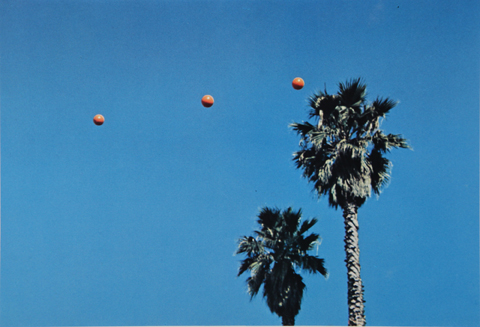
Throwing Three Balls in the Air to Get a Straight Line (Best of Thirty-Six Attempts) detail (1973) – John Baldessari
Or maybe it’s even more banal, and I’ll never quite be able to resolve it:
—
Joseph’s website can be found here.
